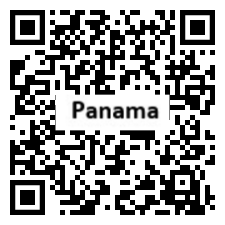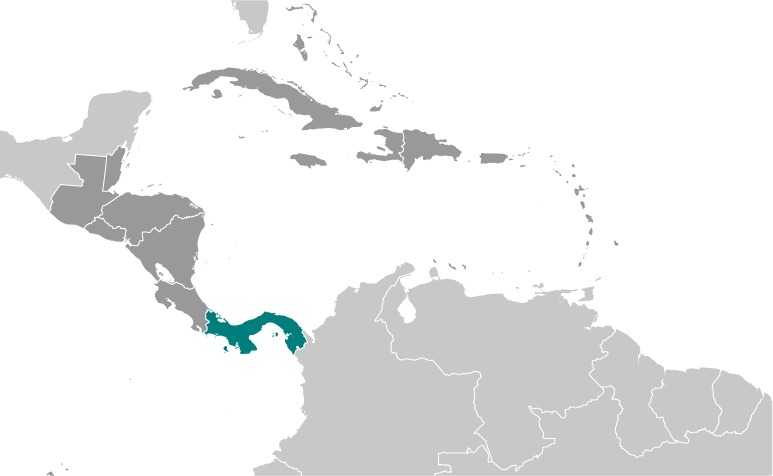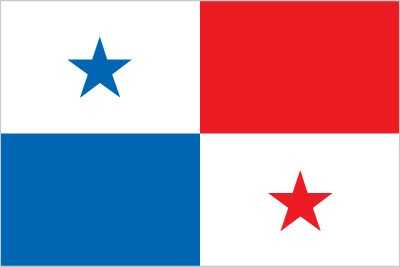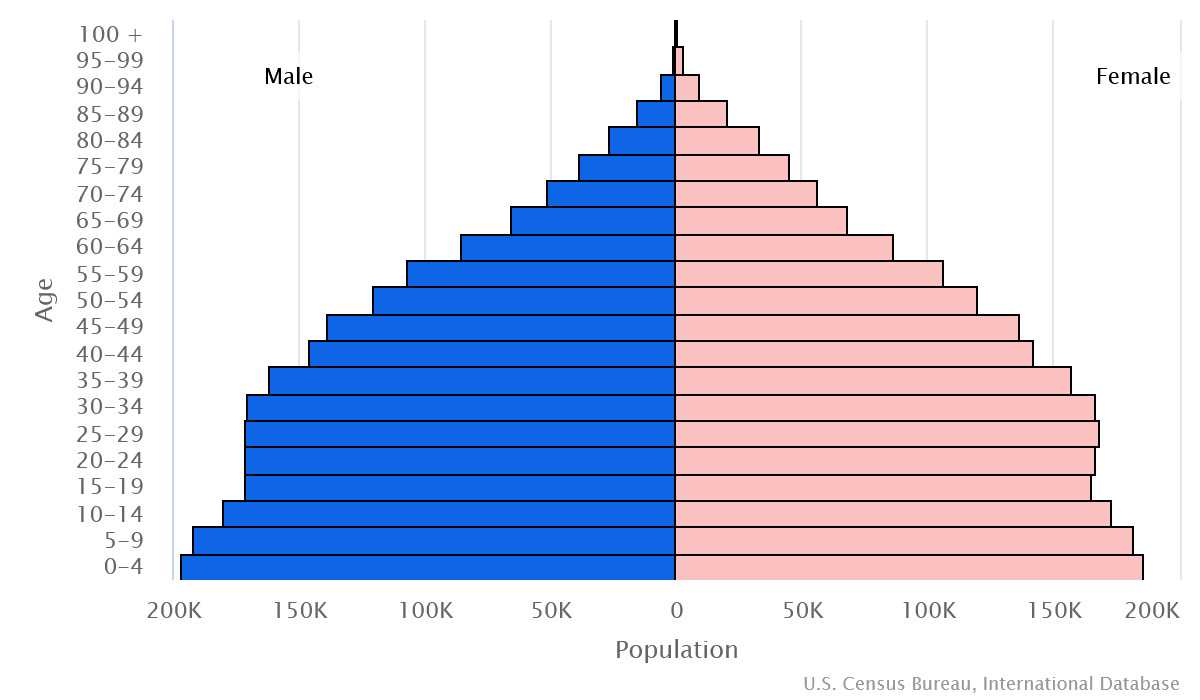Introduction
Background
Explored and settled by the Spanish in the 16th century, Panama broke with Spain in 1821 and joined a union of Colombia, Ecuador, and Venezuela - named the Republic of Gran Colombia. When the latter dissolved in 1830, Panama remained part of Colombia. With US backing, Panama seceded from Colombia in 1903 and promptly signed a treaty with the US allowing for the construction of a canal.
Geography
Area
total: 75,420 sq km
land: 74,340 sq km
water: 1,080 sq km
Climate
tropical maritime; hot, humid, cloudy; prolonged rainy season (May to January), short dry season (January to May)
Natural resources
copper, mahogany forests, shrimp, hydropower
People and Society
Population
total: 4,470,241
male: 2,251,257
female: 2,218,984 (2024 est.)
Ethnic groups
Mestizo (mixed Indigenous and White) 65%, Indigenous 12.3% (Ngabe 7.6%, Kuna 2.4%, Embera 0.9%, Bugle 0.8%, other 0.4%, unspecified 0.2%), Black or African descent 9.2%, Mulatto 6.8%, White 6.7% (2010 est.)
Languages
Spanish (official), indigenous languages (including Ngabere (or Guaymi), Buglere, Kuna, Embera, Wounaan, Naso (or Teribe), and Bri Bri), Panamanian English Creole (similar to Jamaican English Creole; a mixture of English and Spanish with elements of Ngabere; also known as Guari Guari and Colon Creole), English, Chinese (Yue and Hakka), Arabic, French Creole, other (Yiddish, Hebrew, Korean, Japanese); note - many Panamanians are bilingual
Religions
Evangelical 55%, Roman Catholic 33.4%, none 10.1%, unspecified 1.5% (2023 est.)
Population growth rate
1.48% (2024 est.)
Government
Government type
presidential republic
Capital
name: Panama City
Executive branch
chief of state: President Laurentino "Nito" CORTIZO Cohen (since 1 July 2019); Vice President Jose Gabriel CARRIZO Jaen (since 1 July 2019); note - the president is both chief of state and head of government
head of government: President Laurentino "Nito" CORTIZO Cohen (since 1 July 2019); Vice President Jose Gabriel CARRIZO Jaen (since 1 July 2019)
Legislative branch
description: unicameral National Assembly or Asamblea Nacional (71 seats; 45 members directly elected in multi-seat constituencies - populous towns and cities - by open list proportional representation vote and 26 directly elected in single-seat constituencies - outlying rural districts - by simple majority vote; members serve 5-year terms)
Economy
Economic overview
upper middle-income Central American economy; increasing Chinese trade; US dollar user; canal expansion fueling broader infrastructure investment; services sector dominates economy; historic money-laundering and illegal drug hub
Real GDP (purchasing power parity)
$146.658 billion (2022 est.)
$132.352 billion (2021 est.)
$114.258 billion (2020 est.)
Real GDP per capita
$33,300 (2022 est.)
$30,400 (2021 est.)
$26,600 (2020 est.)
Agricultural products
sugar cane, bananas, rice, poultry, milk, plantains, pineapples, maize, beef, pork
Industries
construction, brewing, cement and other construction materials, sugar milling
Exports
$36.145 billion (2022 est.)
$27.338 billion (2021 est.)
$19.792 billion (2020 est.)
Exports - partners
Ecuador 20%, Guatemala 14%, China 8%, United States 6%, Netherlands 6% (2019)
Exports - commodities
refined petroleum, copper, bananas, ships, coal tar oil, packaged medicines (2019)
Imports
$35.692 billion (2022 est.)
$24.424 billion (2021 est.)
$17.614 billion (2020 est.)
Imports - partners
China 21%, United States 19%, Japan 16%, Colombia 6%, Ecuador 5% (2019)
Imports - commodities
ships, refined petroleum, crude petroleum, tanker ships, packaged medicines (2019)
Exchange rates
balboas (PAB) per US dollar -
Exchange rates:
1 (2022 est.)
1 (2021 est.)
1 (2020 est.)
1 (2019 est.)
1 (2018 est.)
Page last updated: Wednesday, May 01, 2024




